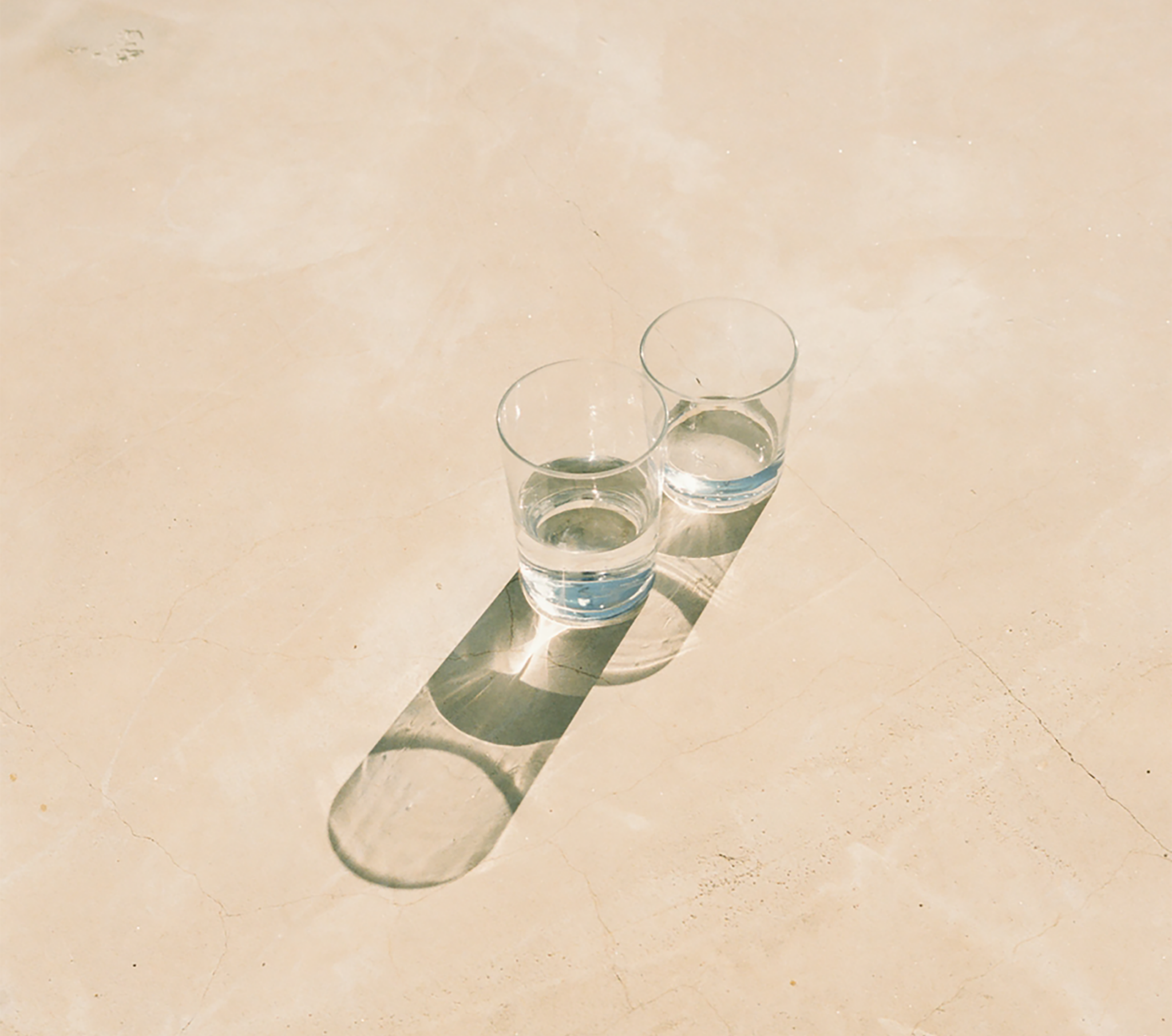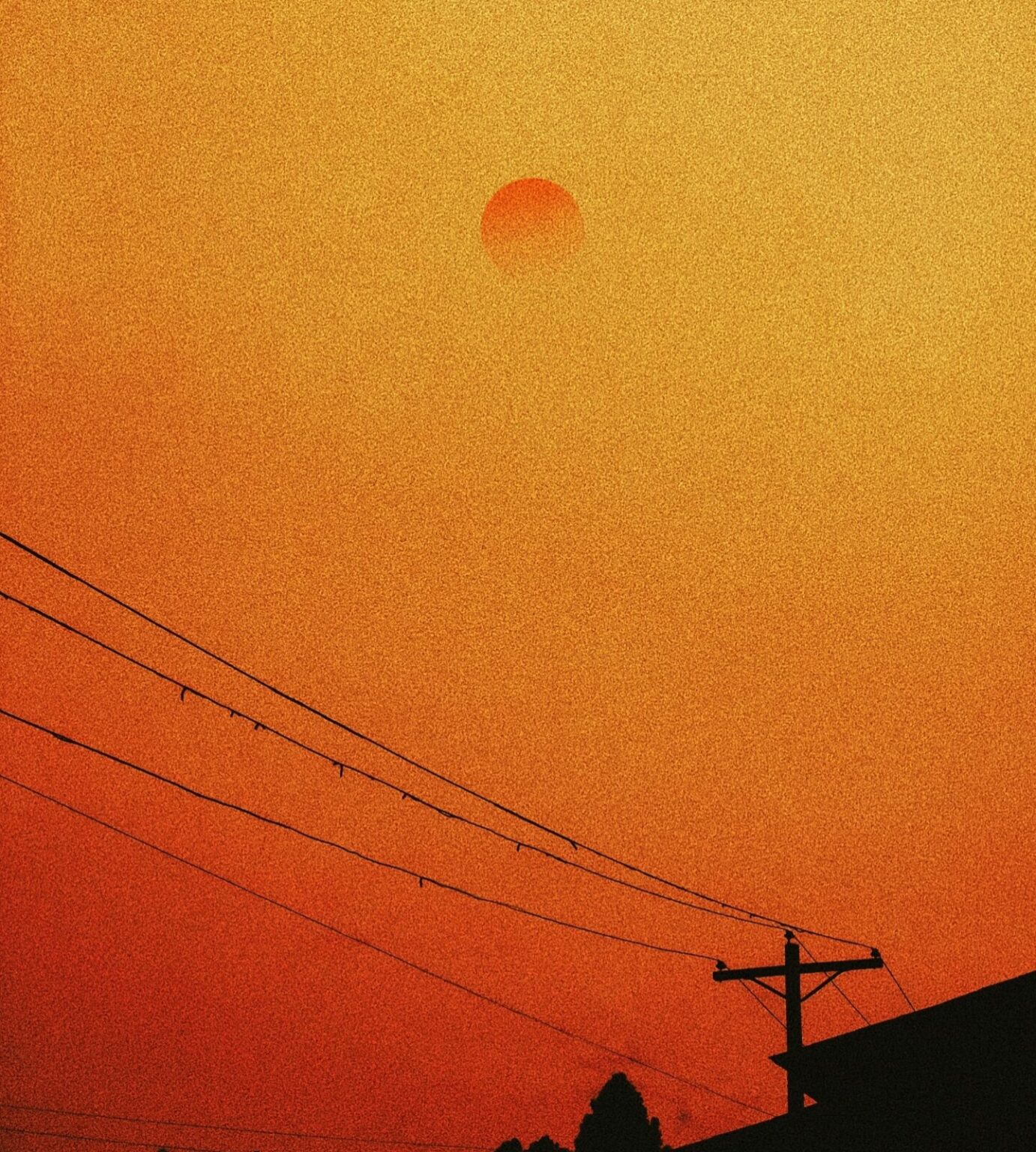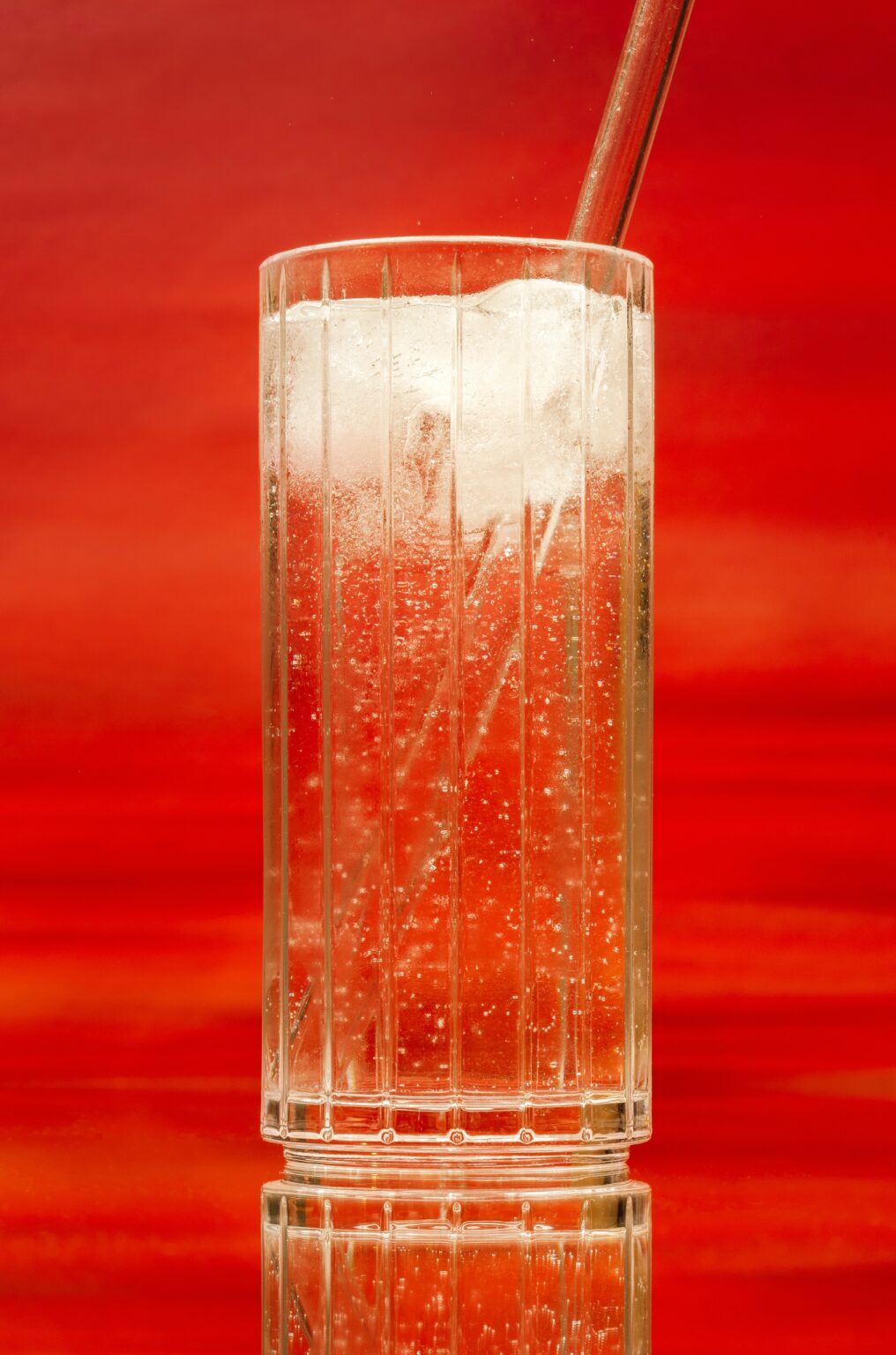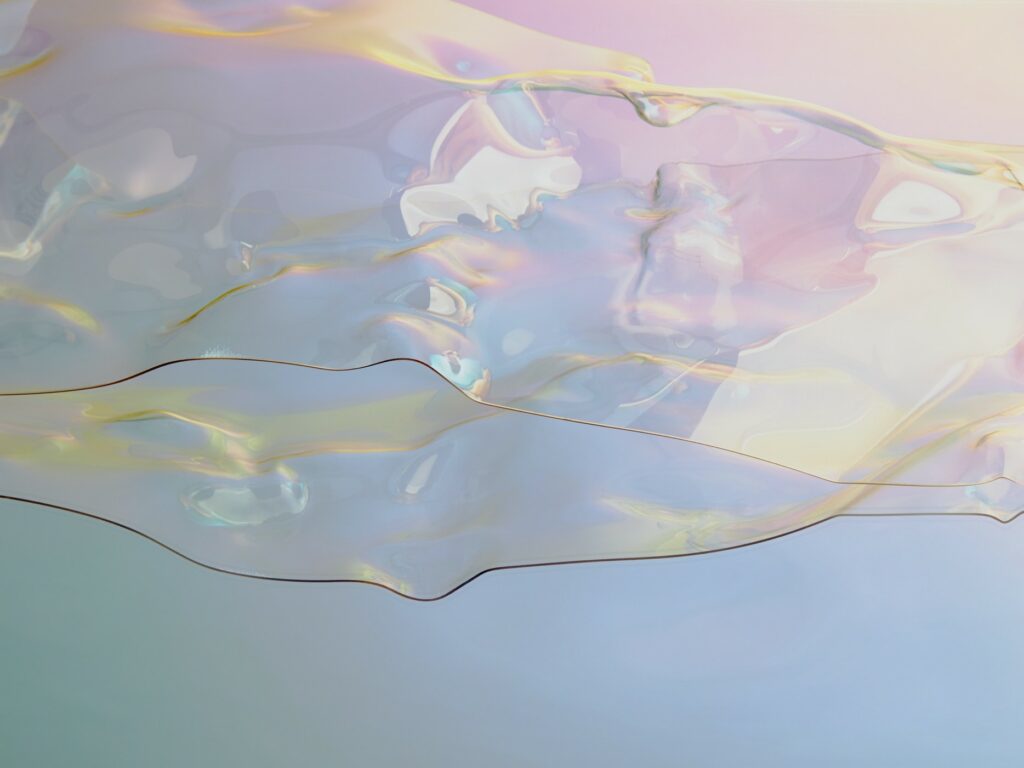Heat Wave
By looking to the past and innovating for the future, better design can help humanity thrive in the century of the heatwave.

Words:
Sara Chiarotto O’Brien
These are the skills author Aaron Gilbreath learned over twenty-five years living in the deserts of Arizona. She still uses them everyday – this time in Portland, where the summers now get so hot that the streetcar wires melt.
It’s no secret that the world is getting hotter. Heat waves occurred three times as often in the 2010s as they did in the 1960s, and lasted an average of forty-seven days longer. In cities, an air conditioner is no longer a luxury, but a necessity as essential as food or water – especially to those who may be specifically vulnerable to the impacts of extreme weather.
We are facing the kind of heat that sparks devastating wildfires across the globe at a scale and frequency which much of the world is not prepared to face. As people lose their homes and even our most weather-hardy species die off in the billions, it has become abundantly clear that our current consumption-oriented lifestyles could eventually consume us.
While the climate crisis charges ahead, demanding new levels of urgency from humanity, billions are simultaneously suffering in an endless fog of pandemic-induced anguish and grief. The world has become host to a contrasted sense of stagnance and urgency that’s spreading like, well, wildfire.


Global systems and human bodies were built for a climate that no longer exists. Our ability to flourish and, perhaps, survive in this new one depends on whether we can adapt to the challenges ahead.
While humanity attempts to tackle the root of the problem, opportunities to learn from the power and force of heat are abundant.
Though under different circumstances, humans have found ways to survive in extreme heat for millennia. A depth of insight can be gained from past and present populations that inhabit hot climates. In fact, when we look into hot-climate cultures, heat informs the structure of everything from lifestyle to design.
Throughout history, we’ve seen how architecture can be used to combat extreme heat. In warm climates, we often see versions of tall concrete structures that can absorb heat in dense walls and release it through openings in the ceiling. The Pusat Tenaga, for example, is a building in Malaysia that combines these traditional principles with modern technology as the first net-zero building in Southeast Asia. Solar panels supply the building with light and heat while insulating materials prevent energy loss and maintain internal temperatures.
Even fire, the most destructive of heat’s forms, can be an agent of positive change. Though today’s forest fires are nearly always devastating emergencies, indigenous groups of the Americas have long practiced sustainable fire stewardship. Regular, controlled burns removed flammable detritus from grasslands and forest and injected nutrients into soils, rendering land more fertile while reducing the risks of disaster. Post-colonial governance saw most of these nature-informed practices replaced with fire suppression practices and increased in the number of unmanageable wildfires. Recently, the public conversation has returned to these ancient methods of land maintenance. Old wisdom holds great potential for helping us meet future challenges.
Beyond physical spaces, hot-climate cultures are renowned for differences in the structure of lifestyle. In the warm climates of Spain and elsewhere in the Mediterranean, siestas, early afternoon naps, help people escape laboring through the worst of the afternoon heat, while late dinners allow families to enjoy meals in cool nighttime air. This kind of holistic restructuring toward a modified pace of life centred around well-being might be worth exploring as we consider how to create a world that puts communities and the planet at the forefront of decision making.


The rising heat has created both environmental and social pressure cookers – pressure cookers that are anticipated to intensify before any reality of release is found. But, if we handle it right, could it also bring unity? Radical innovation? A new ethos for living that places the wellbeing of communities above shortsighted interests? Afterall, sometimes great things can come from intense environments. At the end of the day, heat is just energy. It’s up to us to harness it.
More Stories
-
 17.11.2025 | News
Black Friday Sale - 45% off everything *including Stackware*
17.11.2025 | News
Black Friday Sale - 45% off everything *including Stackware*
Our biggest (and only) sale of the year is here. Over $460++ off cookware. 45% off everything.*
-
 05.11.2023 | News
Celebrating with Rolls-Royce
05.11.2023 | News
Celebrating with Rolls-Royce
Bringing design, innovation, sustainability, performance, luxury, and craftsmanship together.
-
 01.11.2023 | News
Utility Patent Granted
01.11.2023 | News
Utility Patent Granted
The ENSEMBL: Stackware Removable Handle has received a utility patent.
Free shipping on all North American orders.